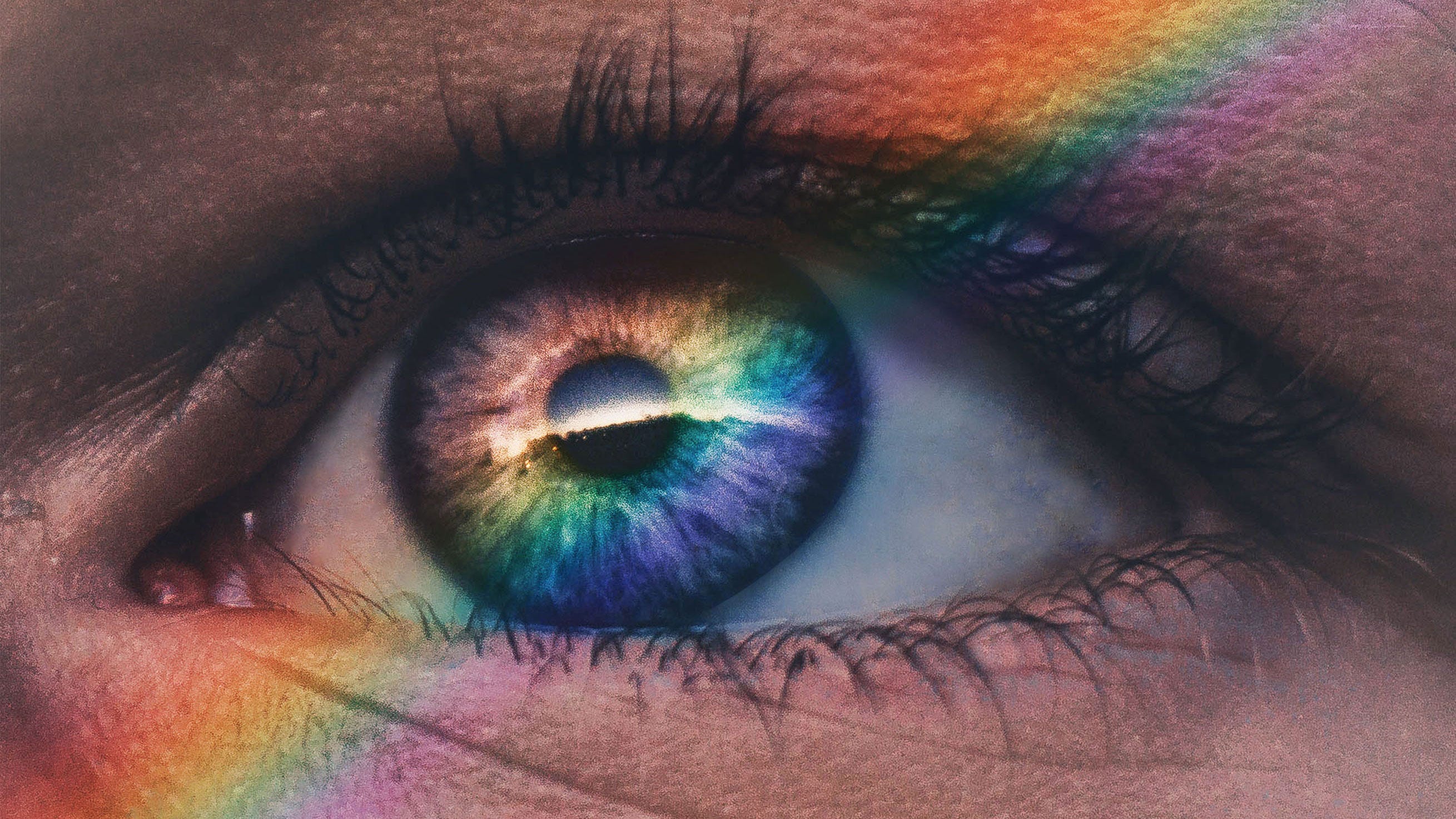Color blindness is a condition in which you view colors differently than most people. Color blindness makes it difficult to distinguish between different hues most of the time. The most common type of color blindness makes distinguishing between red and green difficult.
Another variety makes distinguishing between blue and yellow difficult. Colorblind people are unable to perceive color at all, however, this is a rare occurrence.
A Scientific Explanation
Color vision deficit (sometimes known as color blindness) is a term used to describe a set of diseases that impact color perception. The most frequent type of color vision deficit is red-green color vision deficiency. Some colors of red, yellow, and green are difficult to identify for those who are affected.
Rarer blue-yellow color vision impairments (also known as triton defects) cause trouble identifying shades of blue and green, as well as difficulty distinguishing dark blue from black.
Color perception is disrupted in these two types of color vision loss, although eyesight sharpness is unaffected (visual acuity).

Blue cone monochromacy is a less common and more severe kind of color vision impairment that results in very poor visual acuity and substantially diminished color vision. Additional vision difficulties, such as greater sensitivity to light, can affect those who are affected (photophobia),
Frequency
The most frequent type of color vision deficit is red-green color vision deficiency. Males are affected far more frequently than females. It affects roughly 1 in 12 males and 1 in 200 females in groups with Northern European heritage.
Almost all other populations tested have a lower incidence of red-green color vision impairments. Males and females are both affected by blue-yellow color vision impairments. This illness affects less than one out of every 10,000 people on the planet.
Blue cone monochromacy is a type of color vision defect that affects roughly 1 in 100,000 persons around the world. Males are substantially more likely than females to suffer from blue cone monochromacy, which is similar to red-green color vision problems.

Inheritance
Blue cone monochromacy and red-green color vision impairments are inherited in an X-linked recessive manner. The OPN1LW and OPN1MW genes are found on one of the two sex chromosomes, the X chromosome. One genetic mutation in each cell is enough to create the disease in males (who have only one X chromosome).
Males are affected with X-linked recessive illnesses far more commonly than females because a genetic mutation on both copies of the chromosome in females (who have two X chromosomes) is required to cause the disorder. Fathers cannot pass on X-linked features to their sons, which is a feature of X-linked inheritance.

Treatment
Color blindness that is passed down in families has no treatment, although most people learn to live with it. Children with color blindness may require assistance with specific instructional activities, while adults with color blindness may be unable to perform particular tasks, such as piloting or designing graphics.
Keep in mind that color blindness, for the most part, does not cause major problems. Your doctor will address the disease that is causing your color blindness if it is caused by another health concern.

If you’re using a medication that causes color blindness, your doctor may reduce the dosage or recommend switching to a different medication.
There are equipment and technology that can aid if color blindness is causing difficulty with everyday chores, such as Glasses/Contacts and Visual aids.
Also Read: The Scope Of Commerce Education In India








